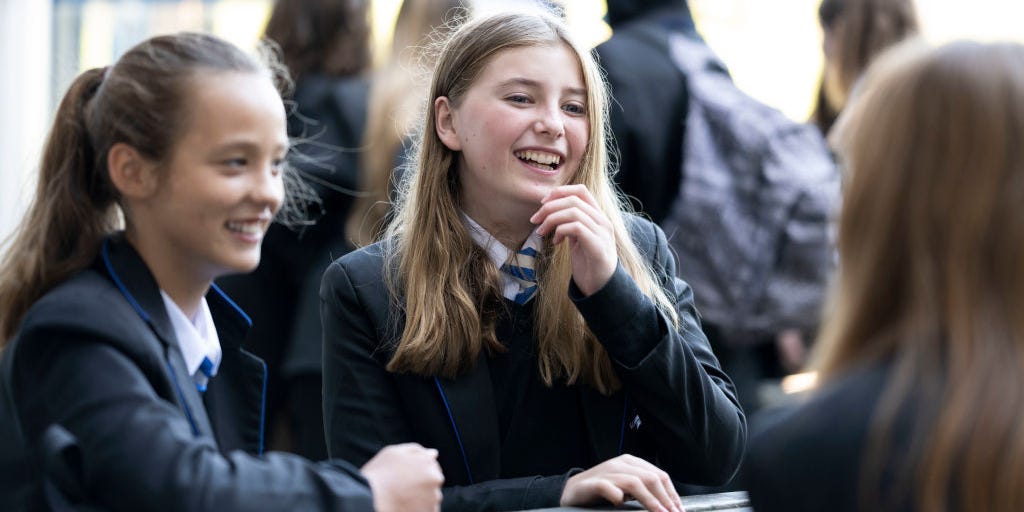When my British friends ask what it’s like to educate my kids in the US, the first issue they raise is the risk of school shootings.
In contrast, the last school shooting in the UK — when a gunman murdered 16 elementary students and a teacher — happened in 1996. As a result, the public called for tighter gun controls, which the British government enforced.
My friends’ next question is often related to academic achievement.
In 2018 — the most recent year the research was performed — the Programme for International Student Assessment (PISA) ranked the overall knowledge and skills of British 15-year-olds as 13th in the world in reading, literacy, mathematics, and science.
The same assessment found that 15-year-olds in the US were ranked 25th globally.
It’s difficult to compare public school systems forensically because of the countries’ vastly different populations and government infrastructures.
However, feedback from my British friends has convinced me that the setup in the UK is more user-friendly for kids and parents.
Here are three key reasons.
Kids in the UK start school as young as 4
By law, children in the UK enter the publicly-funded British school system as young as 4.
Most begin full-time classes in “reception” — the first step on the educational ladder — in the September after their 4th birthday. Research has consistently shown that early childhood education helps kids develop academically and socially.
It also relieves a huge financial burden on working parents, who no longer have to pay babysitters or nursery schools for private childcare.
The age at which American parents are mandated to send their children to school depends on the state. In New York, for example, they are only obliged to attend by law after first grade.
School breaks are better spread out in the UK
My friends in the UK can’t believe my kids have an entire 10-week summer break from school.
“What on earth do you do with them for 10 weeks?” my daughter’s godmother once asked. She grimaced when I told her we fork over thousands of dollars for day and sleep-away camps.
Almost every child in Britain gets a six-week summer break, two weeks at Christmas and two weeks at Easter. There is usually a one-week “half-term” in February, May, and October.
Responding to parents’ complaints about the length of the standard summer break, some education authorities reduced it to five as an experiment. The extra week was added to the May half-term, giving kids 10 days off instead of five in the Spring.
Kids wear uniform
Most government-run schools in the UK require students to wear a school uniform. The protocols contrast those in the US, where most public school kids can wear what they want to class — albeit within reason.
As a mom whose teens can waste hours picking an outfit to wear every morning, I’d like uniforms to be compulsory nationwide. I’m tired of the endless arguments over what clothes are “appropriate” or not.
Meanwhile, I shudder when I hear about “elite” cliques of high schoolers dressed head to toe in Lululemon. I can’t bear to think of a kid being bullied because they’re wearing something from Old Navy instead.
A friend said her kids wear what they want for a few designated days on the UK school calendar, such as the last day of term. “The stress of competitive dressing is high-octane,” she said.
Uniforms are not only levelers but also support the idea of a community or team. Kids look more put together in a uniform, and it’s good training for entering a profession.
Do you have a powerful story highlighting the differences between education in the US and other countries? If you’d like to share it with Business Insider, please send details to jridley@businessinsider.com.
Read the full article here
















